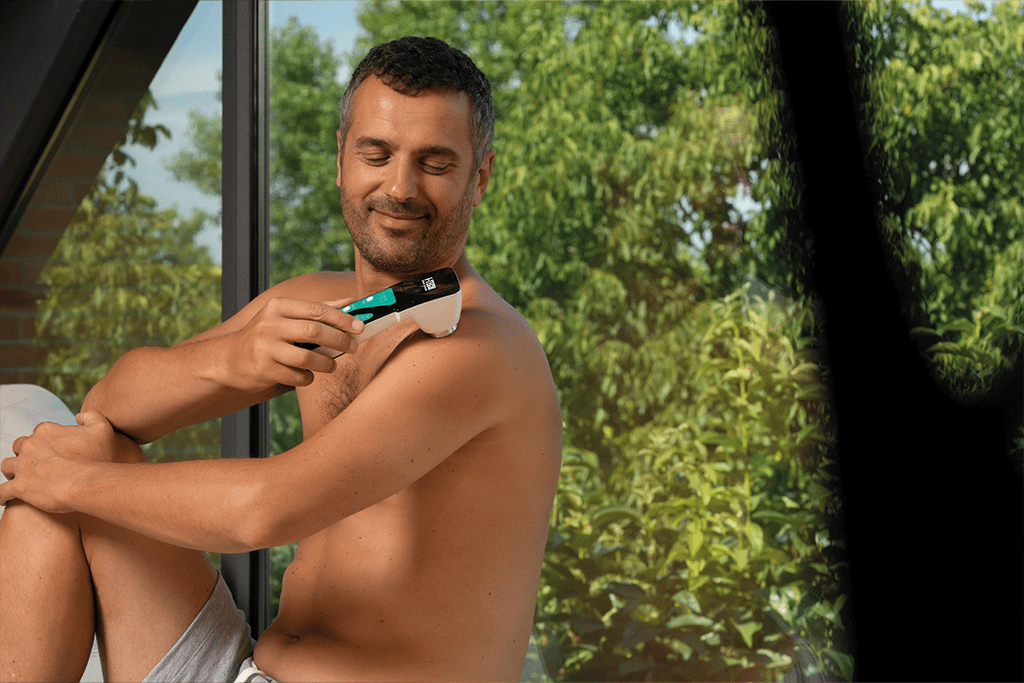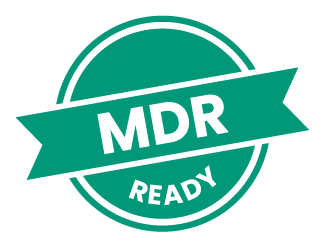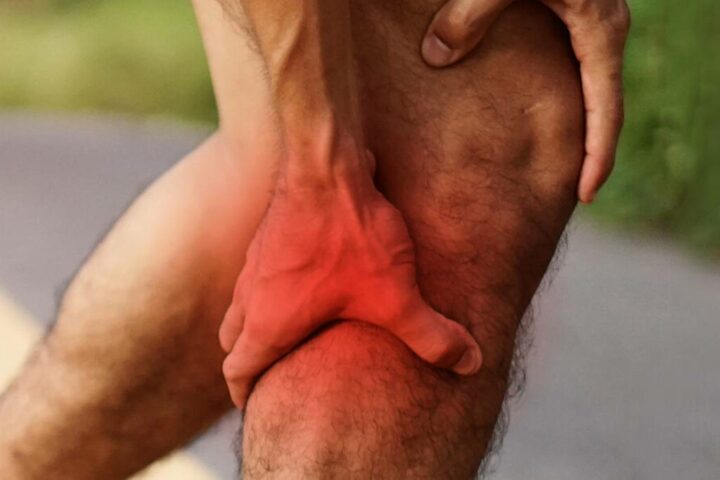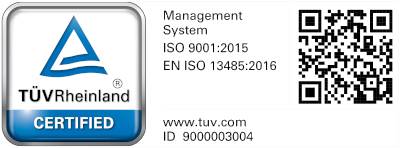Skeletal muscles, controlled by voluntary brain activity, are essential for generating movement and operate through cycles of contraction and relaxation. They are made up of numerous muscle fibres that behave similarly to the muscle as a whole, but allow fine regulation of strength and movement depending on how they are activated.
Only certain muscles, known as postural muscles, are physiologically capable of maintaining prolonged contraction without negative consequences.
What is a muscle contracture?
A muscle contracture is an abnormal condition affecting a muscle, or more commonly some of its fibres, disrupting the normal alternation between contraction and relaxation.
The affected fibres remain in a constant state of contraction, leading to muscular distress.
This persistent tension impairs proper blood flow, limiting the supply of oxygen and nutrients and slowing the removal of waste products generated during contraction.
This situation causes pain and reduced functionality.
Diagnosis
Diagnosis must be made by a doctor, but a muscle contracture may be suspected when a muscle, or part of it, feels hard to the touch, painful, and difficult to stretch.
Contracture is often a defensive response by the body to limit movement, and may also occur alongside more serious injuries such as strains or tears, which require medical or physiotherapy treatment.
Paradoxically, a damaged muscle may react with a localised contracture to protect the injured area.
There are various types of contractures, but distinguishing between them requires specific expertise and often instrumental investigations. Echography is the most suitable examination to assess the condition of the muscle.
Symptoms of a Muscle Contracture
The main symptom is muscle stiffness, making it difficult or impossible to stretch the muscle without causing pain.
There may be a sensation of losing control over the muscle, with pain that tends to worsen over time.
Symptoms may resemble those of a cramp, but with key differences: cramps are more painful, involve all muscle fibres suddenly, and typically affect the lower limbs.
Contractures, on the other hand, can affect any muscle and are often linked to poor posture, leading to overloads and strains, sometimes evolving into chronic conditions.
To distinguish a contracture from a cramp, note that contractures cause gradually increasing stiffness and pain, while cramps cause sudden, intense contraction that prevents the use of the limb until the muscle relaxes.
Another aspect to consider is the type of pain: contracture pain is progressive, while pain from a muscle tear is acute, localised, and easily linked to a specific event.
It is important to know that strains or tears can cause contractures in surrounding muscles as a protective mechanism.
This change in the nature of the problem is due to a muscular defence mechanism: to prevent a strain from worsening, the healthy surrounding muscle contracts to protect the damaged area. Recognising this is essential for an appropriate intervention.
Common Causes of a Muscle Contracture
The main cause is fatigue, but dehydration and lack of specific training can also contribute.
Contractures of the trapezius, located between the neck and shoulders, are common in people who work at a desk with poor posture.
Back contractures, both lumbar and dorsal, are also often posture-related.
In sports, contractures result from specific fatigue: during intense activity, some muscle fibres may run out of energy not only to contract but also to relax — similar to an electric gate that needs power both to open and close.

Remedies, Treatments and Therapies
The primary remedy is rest, although it does not guarantee quick recovery.
Applying heat (hyperthermic thermotherapy) can help through vasodilation, which promotes muscle relaxation, but should be avoided if a muscle tear is suspected. For contractures caused by poor posture, however, it is the most appropriate choice.
Cryotherapy is effective only when applied for extended periods (over 30 minutes) and with moderate temperature reduction. Under these conditions, it promotes muscle relaxation without causing vasodilation, making it useful in cases of suspected muscle tear. This technique is widely used in sports.
Myorelaxant massages are an excellent solution: not only are they pleasant, but they are also highly effective. Their aim is to mechanically reduce muscle tension, targeting the areas where the contracture occurs.
From a therapeutic standpoint, several instrumental approaches are useful in treating muscle contractures, including pressotherapy, electrostimulation, magnetotherapy and ultrasound therapy.
• Pressotherapy exerts a mechanical action similar to that of a decontracting massage, alternating compression and relaxation phases. It also improves blood drainage and stimulates peripheral metabolism, aiding the removal of waste products from muscle contraction and the supply of nutrients for recovery. For this reason, pressotherapy is effective both mechanically and metabolically, and is particularly suitable for treating the lower limbs.
• Electrostimulation has a similar effect but is more targeted to the affected area. Specific decontracting programmes can be used to reduce muscle tone, also in combination with T.E.N.S. programmes, which reduce pain perception and promote further relaxation. This treatment is especially effective for the neck and back.
• Magnetotherapy works at a metabolic level, improving the muscle’s ability to recover from fatigue and helping resolve contractures in both acute and chronic phases.
It is particularly recommended for those who frequently suffer from this issue.
In sports, it is also an excellent remedy for post-training and post-competition recovery.
The therapy is especially effective when applied over long periods.
• Ultrasound therapy is very useful for profound or localised contractures. Thanks to its physical properties, ultrasound can penetrate deep into the muscle, where massages and electrostimulation struggle to reach.
Its effectiveness is due to both its vascularising effect and its direct muscle-relaxing action. Ultrasound treatments are quick and, depending on the area being treated, can last from 5 to 15 minutes.
Have you recognised any of these symptoms or would you like to explore the most suitable treatment for your condition?
Contact us today: our team is on hand to provide all the information you need and help you safely and effectively restore your muscular wellbeing.






